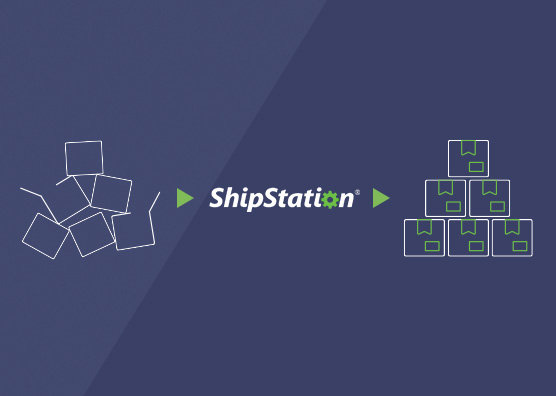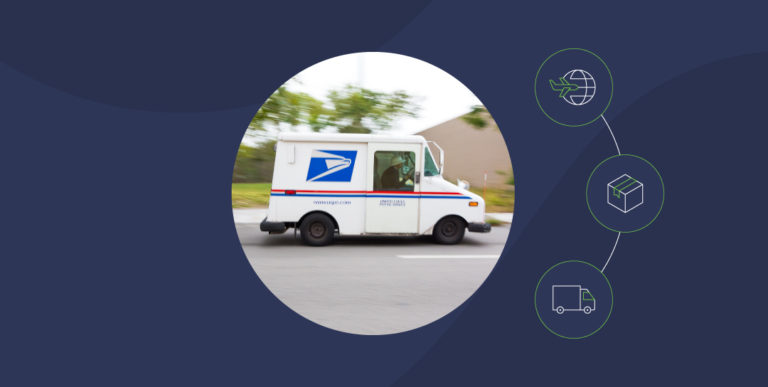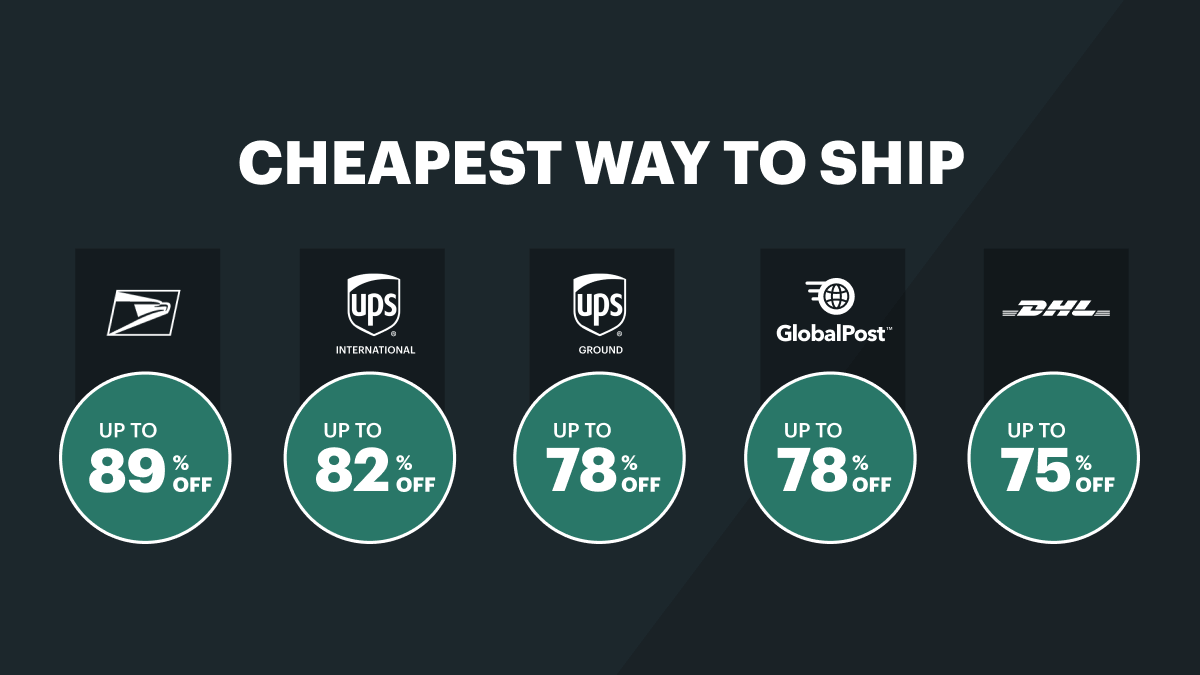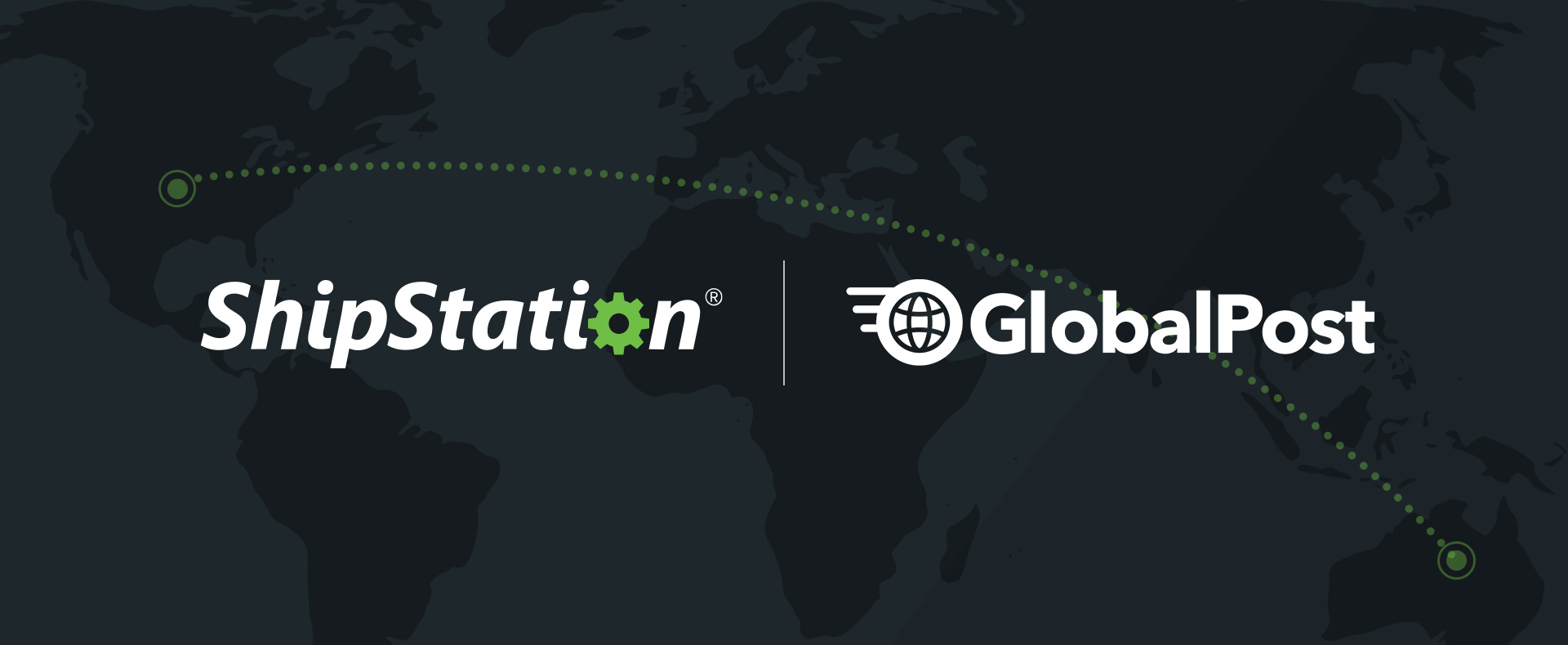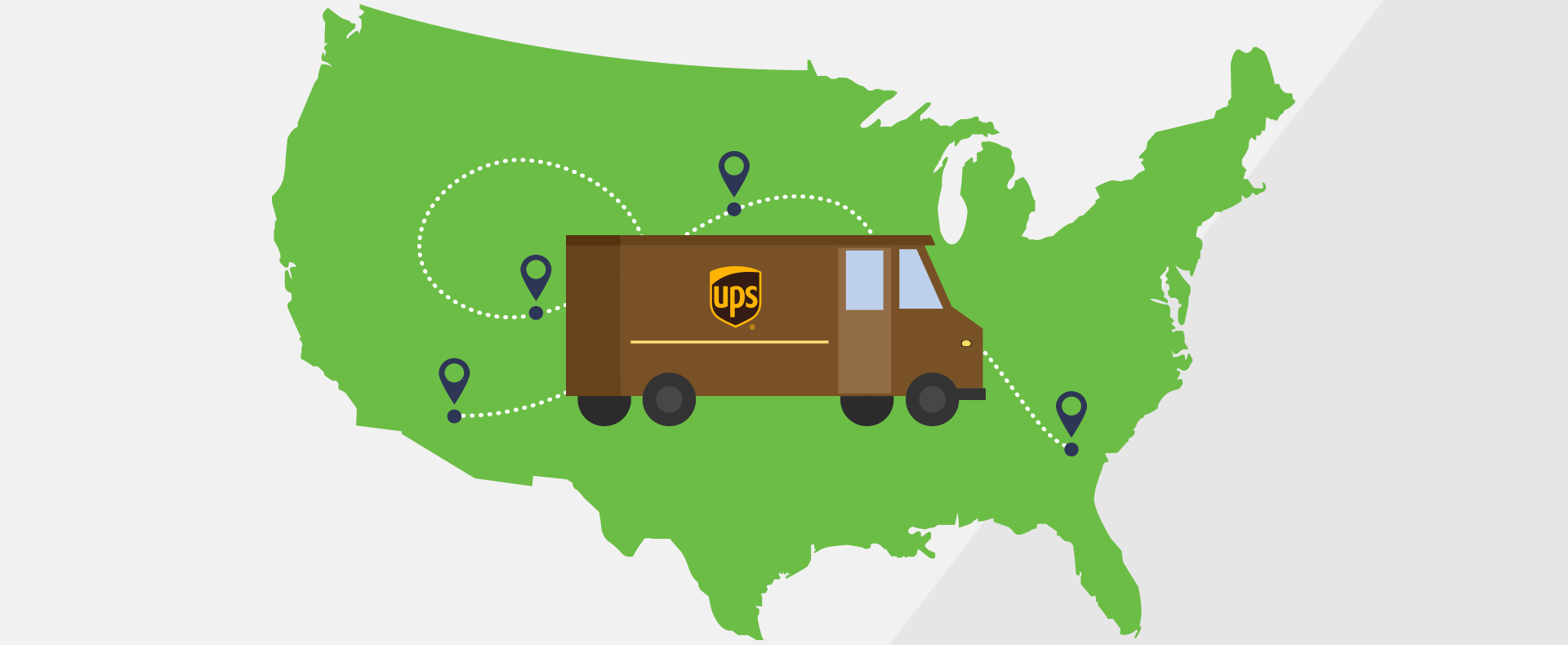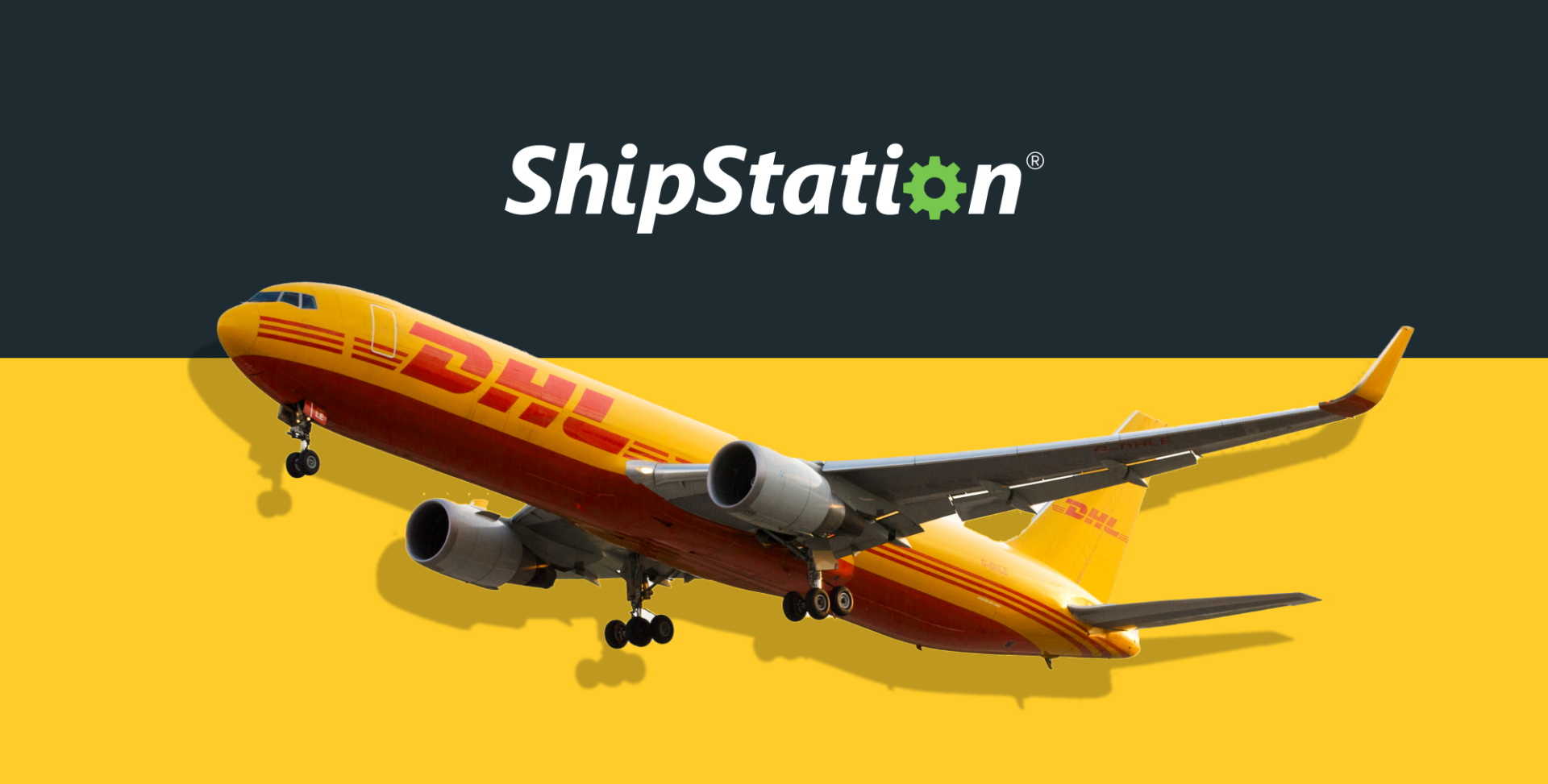USPS First Class vs Priority Mail
The two most popular USPS services a merchant uses to ship with are USPS First Class Mail® and USPS Priority Mail®. Typically, the deciding factor in making a decision in First Class vs Priority Mail comes down to weight. If a parcel weighs less than 16 ounces (with Commercial Pricing), it makes the most sense to use First Class Mail. However, there are instances when the choice is not so black and white. For instance, First Class Mail is slower than it used to be. There are instances when one service wins over the other. We’ll go over a few situations where one service may win over the others.
What is USPS First Class Mail?
USPS First Class Mail is an economical way to ship parcels and thick envelopes weighing under 16 oz. With retail rates, the maximum weight is 13 ounces. This is why it’s good to access Commercial Pricing through a shipping service like ShipStation. The maximum allowable size for parcels are dimensions of 22″ x 18″ x 15″. Delivery usually takes 2–5 business days for parcels to reach their final destination. Letters are a little faster since they sort more quickly.
Why is it Called First Class Mail?
First Class Mail may sound fancy but it doesn’t have the same meaning as something like flying first class—the most premium USPS service is Priority Mail Express. First Class Mail is actually a class of mail used to ship letters, thick envelopes, padded envelopes, and lightweight packages. First Class Mail gets its name because is considered the top tier of mailed letters in comparison to:
- Second Class Mail: periodicals, magazines, newspapers that are printed more than 4 times a year.
- Third Class Mail: Marketing mail, flyers, mailers, etc.
- Fourth Class Mail: Media Mail (CDs, vinyl records, DVDs, books, bound print media consisting of 8 or more pages.)
How to Ship Clothing with USPS
If your items weigh under a pound, such as shirts, they’ll be a great candidate for USPS First Class Mail. Because they’re lightweight and durable, try shipping in a poly mailer to cut down additional costs. There are also other options other than the USPS to ship clothing with. To find out which service works best for whatever you’re sending, check out our guide on how to ship clothing.
What is USPS Priority Mail?
USPS Priority Mail® is a service that lets you send parcels weighing up to 70 lbs domestically. Not only can parcels be heavier with Priority Mail, they can also be larger. The maximum dimensions are 108” in combined length and girth (the length of the longest side, plus the distance around the thickest part of the package). Generally, USPS Priority Mail takes 1-3 business days to reach its final destination.
What is USPS Priority Mail Express?
USPS Priority Mail Express® provides all the features of standard Priority Mail just with more express options. In fact, many destinations offer guaranteed overnight delivery while others offer two-day delivery. Though a little pricier, it may be the best option for customers that need their orders ASAP.
How to Ship Shoes with USPS
Shoes are almost always going to ship using Priority Mail (Unless they weigh less than 16 oz). Check to see if Flat Rate options offer discounts over standard Priority Mail packaging.
Max Dimensions and Weight for USPS
USPS First Class Mail is typically used for smaller, lighter parcels—weighing under a pound—with items whose insured value is not very high. Items over a pound and/or items of higher value work better with Priority Mail.
| Restriction Type | USPS First Class Mail Limits | USPS Priority Mail Limits |
|---|---|---|
| Service | USPS First Class Mail | USPS Priority Mail |
| Max Dimensions | 22″ in length or 18″ in width or 15″ in thickness | 108” in combined length and girth* |
| Max Weight | 15.99 oz domestic/ 4.4 lbs international | 70 lbs* |
*Exceeding these maximum restrictions may result in a $100 charge applied to you by the USPS.
Insurance Coverage for USPS First Class and Priority Mail
| Coverage Type | First Class Mail Coverage | Priority Mail Coverage |
|---|---|---|
| Domestic Coverage | N/A | $100* |
| International Coverage | N/A | $200* |
A major advantage of USPS Priority Mail is that it includes coverage in the event that a parcel becomes lost or damaged in transit. First Class Mail offers no default coverage, however, both Priority Mail and First Class Mail do allow additional coverage to be purchased through the USPS or through a third-party provider such as Shipsurance.
USPS First Class vs Priority Mail Price Comparison
First Class Mail is a more economical shipping option than Priority Mail. If you would like a breakdown of the shipping rates available to you, check out these rates available to any ShipStation user through their complimentary Stamps.com account.
USPS Domestic Transit Time
Now that First Class Mail uses USPS zones when rating, it’s easier to compare transit times. Let’s take a look at the estimated delivery time it takes for different locations around the US and globally:
USPS First Class vs Priority Mail Domestic Transit Time
| USPS Service | Zone 1 | Zone 3 | Zone 5 | Zone 8 |
|---|---|---|---|---|
| Media Mail | 2 days | 3 days | 6 days | 6-13 days |
| First Class Mail | 2 days | 3 days | 3 days | 3-5 days |
| Priority Mail | 1-2 day | 2 days | 2 days | 3 days |
| Priority Mail Express | 1-2 days | 1-2 days | 1-2 days | 1-2 days |
Shipping Internationally: USPS First Class Mail International® vs USPS Priority Mail International®
USPS First Class Mail International® (FCMI) allows heavier parcels than its domestic counterpart. The max weight limit for FCMI parcels is 4.4 lbs. They also can take longer to reach their final destination. This service also doesn’t offer tracking to all locations and estimated delivery timeframes may not be included. So, while it is an economical option, it may not be the best option for you and your customers. After all, tracking and timely delivery increase consumer satisfaction.
USPS Priority Mail International® (PMI) typically cuts shipping time down significantly. Because of this, it is a little bit more expensive than First Class Mail. With its more robust tracking and heavier weight limits of up to 70 lbs, PMI provides more of the features that international customers would expect.
USPS Priority Mail Express International® lets you ship large parcels in the same way as USPS PMI but it cuts transit times down even further. Check the table below for even more information!
USPS International Transit Time
| Service | Estimate Transit Time |
|---|---|
| First Class Mail International | No guaranteed time frame |
| Priority Mail International | 6-10 days* |
| Priority Express International | 3-5 days* |
What is USPS Media Mail?
USPS Media Mail is the USPS’s more affordable, slower option for shipping CDs, vinyl records, DVDs, books, bound print media consisting of 8 or more pages. Unlike other USPS services, the USPS can inspect the package to make sure the contents are approved materials without first authorizing a search warrant.
How to Ship with USPS Media Mail
Shipping things like vinyl records and books is more affordable thanks to Media Mail. It also works for CDs, DVDs, and other physical media. If expedited delivery is important, consider upgrading to First Class Mail or Priority Mail, depending on the weight or insured value.
To start saving time and money on USPS services, sign up for a free ShipStation trial today!
